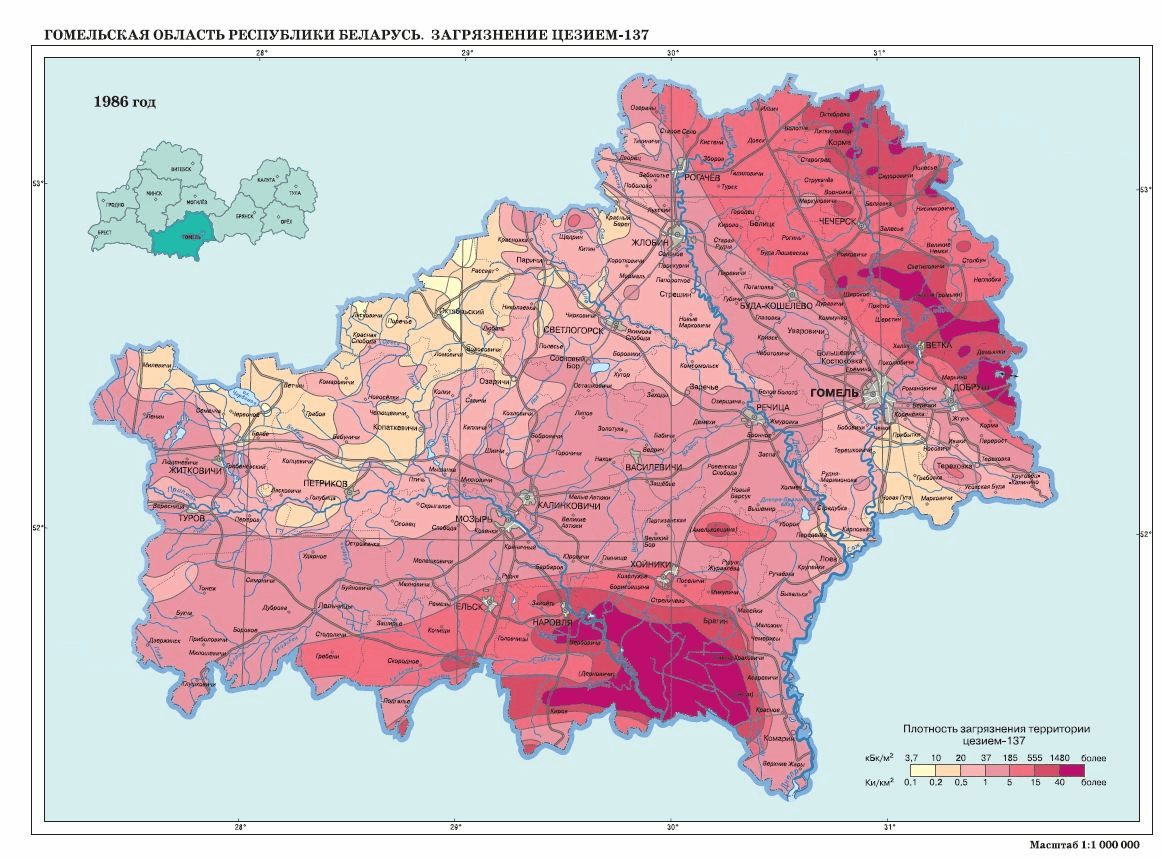
Ludmilla Kmyr, farmer in Dubowyi Log
The heavily contaminated village of Dubowyi Log is located in the exclusion zone. Any form of settlement or agriculture is prohibited. Despite this, 50 of the once 1,000 inhabitants have returned and are attempting to survive. The exclusion zone in Belarus now covers an area of 2,650 square kilometres, but a total of 47,000 square kilometres – more than the size of Switzerland – is contaminated. The state research institute of radiology assists people returning to Dubowyi Log out of pragmatic acceptance of the facts on the ground. It has since succeeded in producing high-quality beef with radiation values in the permissible range. And yet the people here expose their own health to dangerous radiation. The physicist Mikhail Malko from the National Academy of Sciences in Minsk statistically analysed the cancer registry and concluded that approximately 1,000 people die annually in Belarus from radiated-related cancer. The highly contaminated regions are far more affected by this. Korsak Sergey Stanislavovich, director of the central district hospital in Buda-Koshelevo, reported on a five-member family who returned to a contaminated region, all of whom have been diagnosed with radiation-related illness. He says this is the rule rather than the exception. He recommends telling people the bald truth and helping them make the best out of a difficult situation. But instead of this happening, government measures are being continuously cut back, and it would appear as though the dictatorial regime has gotten over the reality: tens of thousands have died, hundreds of thousands are chronically ill. And in the meanteam, Russia's state-owned Rusatom is now building the first nuclear power plant in Belarus.

Radiological map ot the Belarus District with the caesium - 137 contamination in the years 1986, 2016 an d2056. the darkest sectors are so heavy contaminated, that any lving and agriculture is forbidden.
Read more from Belarus:
Titok Alexander Ivanovich, chairman of the Executive Committee in the Khoiniki district in southeastern BelarusAlexander Zaitsev, director of the Research Institute of Radiology, Gomel, Belarus: "This is all good news"
Vadim Shilko, journalist, Luninez, Belarus: "Chernobyl is history. Unfortunately."